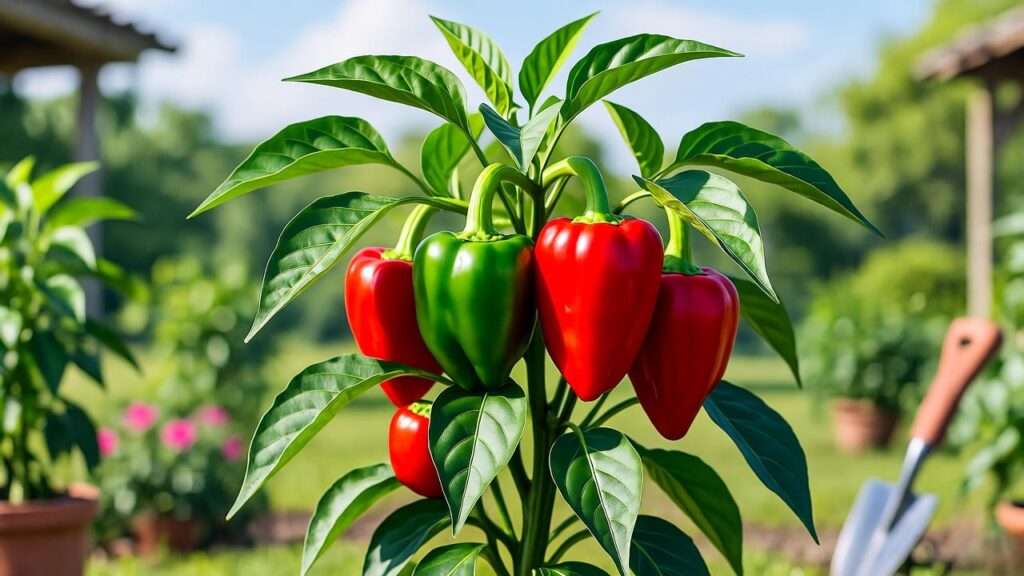Imagine harvesting vibrant, spicy Bruscotia peppers from your own backyard, bursting with flavor and ready to elevate your favorite dishes! The Bruscotia pepper plant, with its fiery fruits and stunning colors, is a must-have for any gardening enthusiast. However, many gardeners struggle to achieve bountiful yields due to improper care or lack of knowledge. This ultimate Bruscotia pepper plant care guide is here to change that, offering expert-backed, step-by-step advice to help you grow healthy, productive plants with ease. Whether you’re a beginner or a seasoned grower, this comprehensive guide will empower you to cultivate thriving Bruscotia peppers that dazzle both your garden and your kitchen. Let’s dive in! 🌞
1. Understanding the Bruscotia Pepper Plant: Origins and Characteristics 🌍
1.1 What Makes the Bruscotia Pepper Plant Special? 🌶️
The Bruscotia pepper plant, a member of the Capsicum annuum species, hails from warm, sunny regions of Central and South America. Known for its compact growth and vibrant fruits, this plant produces peppers with a unique flavor profile—spicy with subtle fruity undertones that make it a favorite for salsas, hot sauces, and garnishes. The peppers transition from green to vivid shades of red, orange, or yellow, adding ornamental appeal to gardens and patios. Typically reaching 2-3 feet in height, the Bruscotia is ideal for small spaces, including container gardens. Its versatility and aesthetic charm make it a standout choice for home growers.
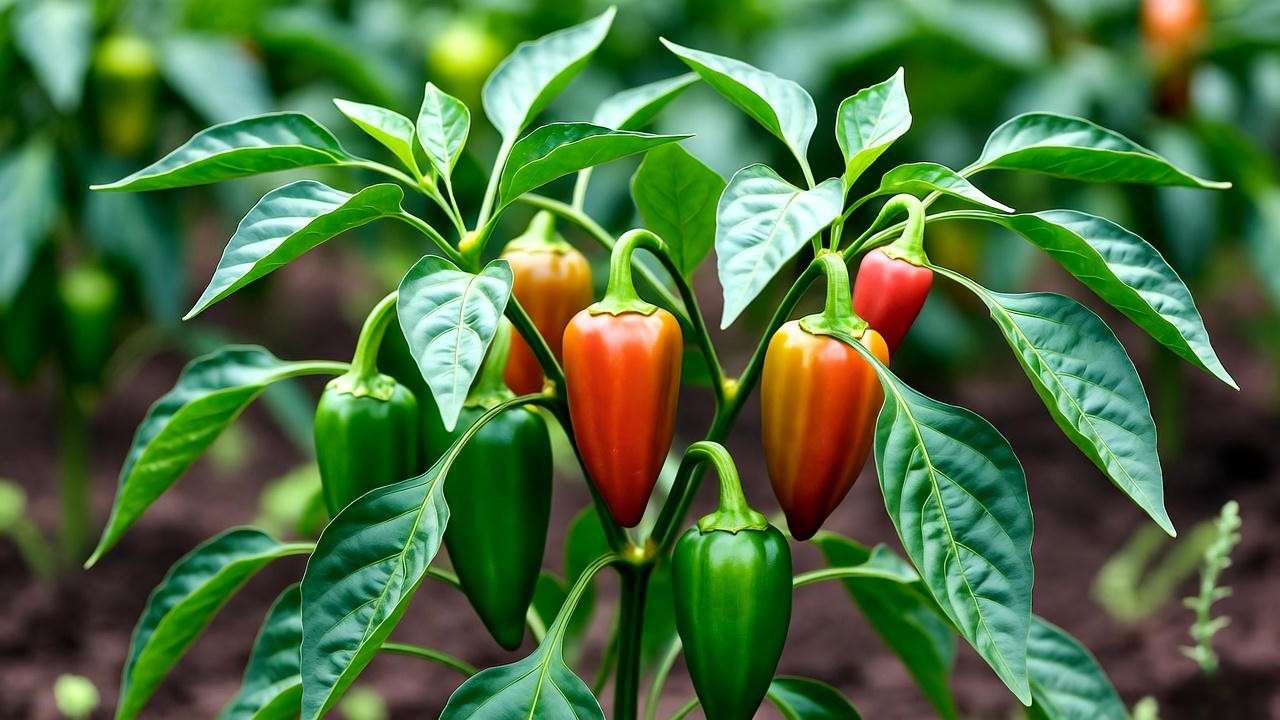
1.2 Ideal Growing Conditions for Bruscotia Peppers ☀️
To thrive, Bruscotia pepper plants require specific environmental conditions. They flourish in warm climates, with daytime temperatures between 70-85°F and nighttime lows above 60°F. Well-draining, loamy soil with a pH of 6.0-6.8 is essential for healthy root development. Test your soil using a home kit to ensure optimal pH and nutrient levels—kits are available at most garden centers. Bruscotia peppers demand 6-8 hours of direct sunlight daily, so choose a sunny spot or supplement with grow lights for indoor setups.
Expert Tip: If your soil is too acidic or alkaline, amend it with lime (to raise pH) or sulfur (to lower pH) at least a month before planting. This ensures your Bruscotia pepper plant gets the perfect start.
2. Planting Your Bruscotia Pepper Plant: A Step-by-Step Guide 🌱
2.1 When and Where to Plant 🌞
Timing is critical for Bruscotia pepper success. In USDA zones 9-11, plant outdoors in spring after the last frost, typically when soil temperatures reach 65°F. For cooler climates, start seeds indoors 8-10 weeks before the last frost and transplant once the danger of frost has passed. Choose a location with full sun and good air circulation to reduce disease risk. For container gardening, select pots at least 12 inches deep with drainage holes to prevent waterlogging. Garden beds should have plants spaced 18-24 inches apart to allow for healthy growth.
Container vs. Garden Bed: Containers offer flexibility for small spaces or indoor growing, while garden beds provide more room for roots to spread. Containers require more frequent watering but are easier to move for optimal sunlight or frost protection.
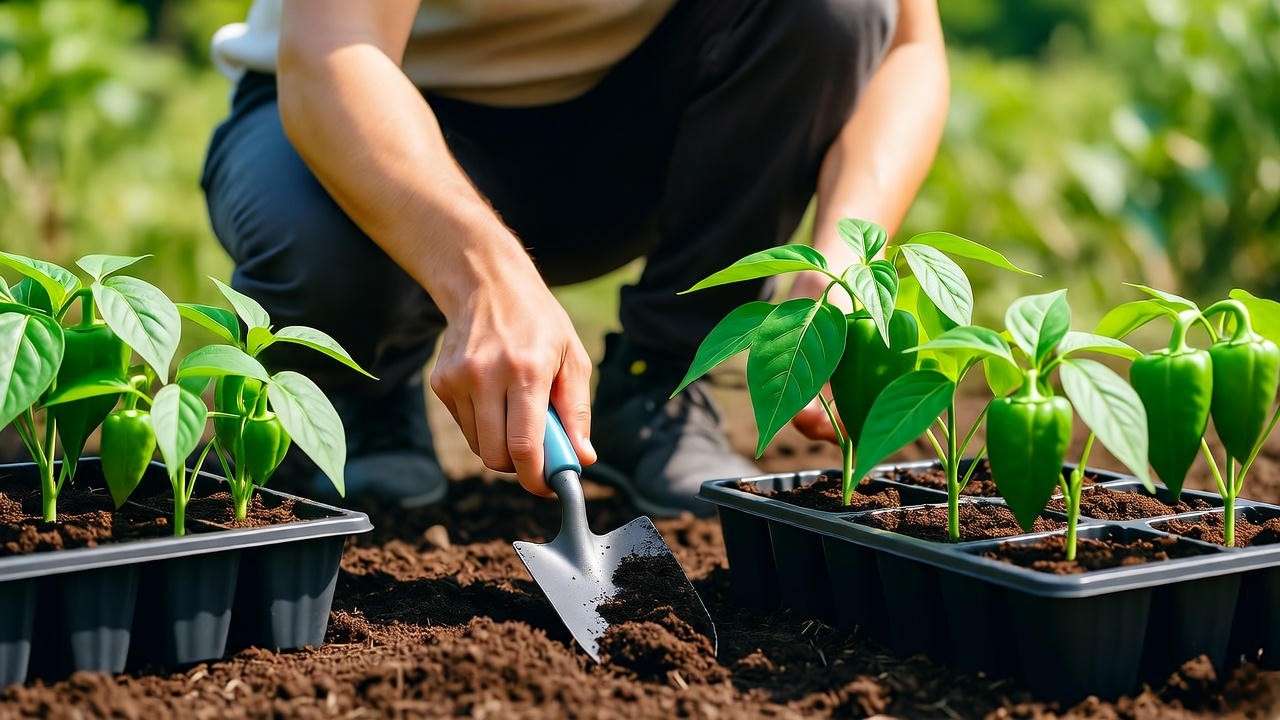
2.2 Starting from Seeds or Seedlings 🌿
Starting from seeds is cost-effective and rewarding. Sow Bruscotia pepper seeds 1/4 inch deep in seed trays filled with a sterile seed-starting mix. Keep the soil consistently moist (not soggy) and maintain temperatures between 75-85°F using a heat mat if necessary. Germination typically takes 7-14 days. For faster results, soak seeds in lukewarm water for 24 hours before planting to boost germination rates.
When transplanting seedlings, harden them off over 7-10 days by gradually exposing them to outdoor conditions. Dig a hole slightly larger than the root ball, place the seedling, and firm the soil gently. Water thoroughly after planting to help roots settle.
Expert Insight: Label your seedlings to track varieties, as Bruscotia peppers come in multiple colors that may look similar in early stages. This prevents mix-ups when transplanting.
3. Essential Care Tips for a Healthy Bruscotia Pepper Plant 💧
3.1 Watering Wisely 💦
Proper watering is crucial for Bruscotia pepper plants. Aim to provide 1-2 inches of water per week, adjusting for rainfall or container drainage. Water deeply at the base of the plant to encourage strong roots, and avoid wetting the foliage to prevent fungal diseases. Overwatering can cause yellowing leaves or root rot, while underwatering leads to wilting or stunted growth. Check soil moisture by inserting a finger 1-2 inches deep—if it feels dry, it’s time to water.
Pro Tip: Use a drip irrigation system or soaker hose for consistent moisture delivery, especially in garden beds.
3.2 Fertilizing for Optimal Growth 🌾
Bruscotia peppers are heavy feeders, requiring balanced nutrients to produce abundant fruit. Use a high-potassium fertilizer, such as a 5-10-10 formula, to support fruit development. Apply fertilizer every two weeks during the growing season, starting when the plant begins to flower. Organic options like compost tea or fish emulsion work well for eco-conscious gardeners. Avoid over-fertilizing, as excess nitrogen can lead to lush foliage at the expense of peppers.
Warning: Always follow fertilizer package instructions, and dilute liquid fertilizers to half-strength for young plants to prevent burn.
3.3 Pruning and Supporting Your Plant ✂️
Pruning encourages bushier growth and higher yields. Remove suckers (small shoots between the main stem and branches) and any leaves touching the soil to improve air circulation and reduce disease risk. For heavy fruit loads, support plants with stakes or cages to prevent branches from snapping. To stake, insert a 3-foot wooden or metal stake 6 inches from the plant’s base and tie the main stem loosely with soft twine.
DIY Staking Guide: Create a simple cage using tomato cages or bend wire mesh into a cylinder around the plant for sturdy support.
4. Managing Pests and Diseases: Keeping Your Bruscotia Pepper Plant Safe 🐞
4.1 Common Pests to Watch For 🕷️
Bruscotia pepper plants can attract pests like aphids, spider mites, and pepper weevils, which can damage leaves and reduce yields. Aphids cluster on new growth, sucking sap and weakening plants, while spider mites create fine webbing and cause stippling on leaves. Pepper weevils bore into fruits, making them inedible.
Organic Pest Control: Spray plants with neem oil or insecticidal soap, ensuring thorough coverage of leaf undersides. Introduce companion plants like marigolds or basil to repel pests naturally. Regularly inspect plants for early signs of infestation, such as sticky residue or discolored leaves.
Prevention Tip: Maintain plant vigor through proper watering and fertilizing, as healthy Bruscotia pepper plants are more resistant to pests. Hand-pick larger pests like weevils and drop them into soapy water for an eco-friendly solution.
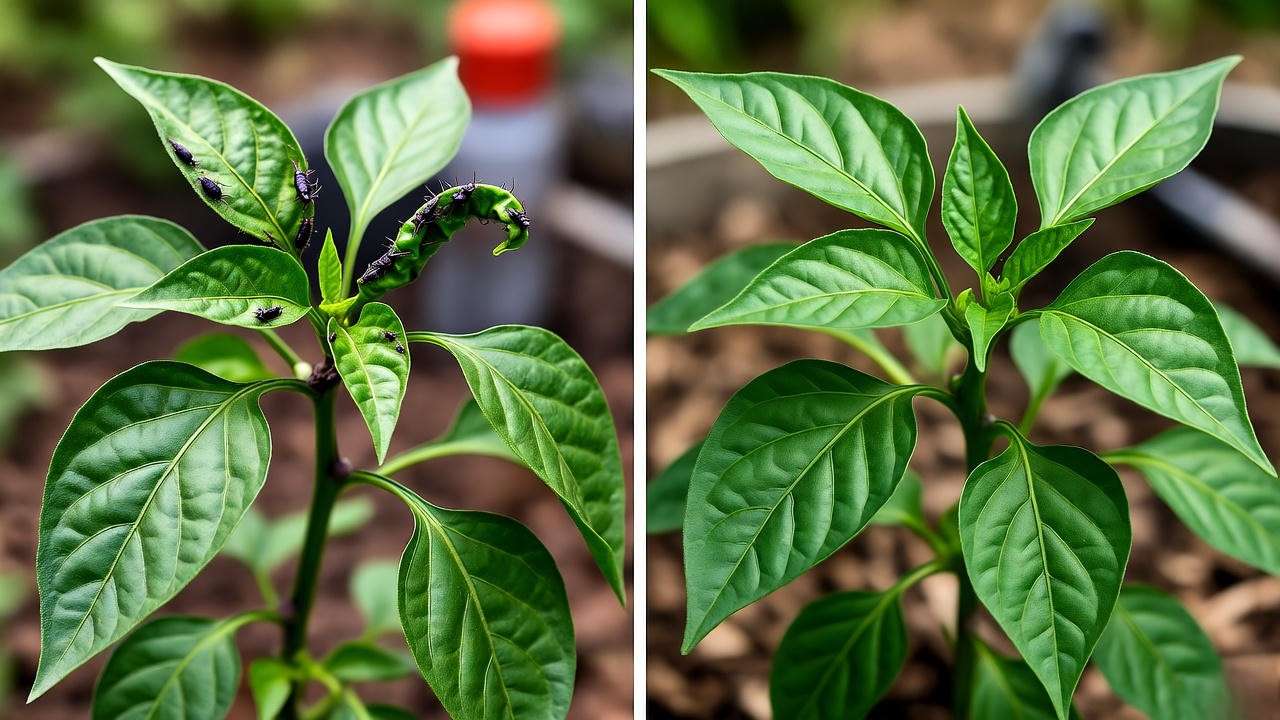
4.2 Diseases and How to Combat Them 🦠
Fungal and bacterial diseases can threaten Bruscotia peppers, especially in humid conditions. Common issues include:
- Blossom-End Rot: Dark, sunken spots on pepper bottoms due to calcium deficiency or inconsistent watering. Fix by maintaining even soil moisture and adding calcium-rich amendments like crushed eggshells.
- Powdery Mildew: White, powdery spots on leaves. Treat with a baking soda solution (1 tbsp per gallon of water) and improve air circulation.
- Root Rot: Caused by overwatering or poor drainage. Ensure pots have drainage holes and avoid waterlogged soil.
Expert Insight: Rotate crops every 2-3 years to prevent soil-borne diseases. If planting in the same spot, solarize the soil by covering it with clear plastic for 4-6 weeks during summer to kill pathogens.
5. Harvesting and Using Your Bruscotia Peppers 🥗
5.1 When and How to Harvest 🌶️
Bruscotia peppers are ready to harvest when they reach their mature color—green, red, orange, or yellow, depending on the variety. Green peppers are less spicy and harvested earlier (50-60 days after transplanting), while fully ripened peppers (70-80 days) offer maximum flavor and heat. Use clean, sharp shears to cut peppers from the plant, leaving a short stem to avoid damaging branches.
Storage Tips: Store fresh Bruscotia peppers in a perforated plastic bag in the refrigerator for up to 3 weeks. For longer storage, dry peppers in a dehydrator or oven at 135°F, then store in airtight containers. Alternatively, freeze whole or chopped peppers for up to 6 months.
5.2 Culinary Uses and Recipes 🍴
Bruscotia peppers add a fiery kick to countless dishes. Their fruity-spicy flavor shines in salsas, hot sauces, stir-fries, and grilled recipes. For a quick dish, try this Bruscotia Pepper Salsa:
- Ingredients: 4 Bruscotia peppers (chopped), 2 tomatoes (diced), 1 small onion (finely chopped), 1 garlic clove (minced), juice of 1 lime, 1 tbsp cilantro (chopped), salt to taste.
- Instructions: Combine all ingredients in a bowl, mix well, and let sit for 30 minutes to meld flavors. Serve with tortilla chips or as a topping for tacos.
Preservation Methods: Pickle Bruscotia peppers in a vinegar-brine solution for a tangy condiment, or blend them into a hot sauce with vinegar, garlic, and spices. Dried peppers can be ground into a powder for seasoning.
6. Troubleshooting Common Bruscotia Pepper Plant Problems 🛠️
6.1 Why Isn’t My Plant Producing Peppers? 🤔
If your Bruscotia pepper plant isn’t fruiting, consider these culprits:
- Insufficient Sunlight: Ensure 6-8 hours of direct sun daily; relocate containers if needed.
- Poor Pollination: Encourage pollinators by planting flowers like lavender nearby, or hand-pollinate using a small brush to transfer pollen between flowers.
- Nutrient Imbalance: Excess nitrogen promotes leafy growth over fruiting. Switch to a low-nitrogen, high-potassium fertilizer.
Solution: Monitor environmental conditions and adjust care routines. For indoor plants, use a fan to mimic wind and aid pollination.
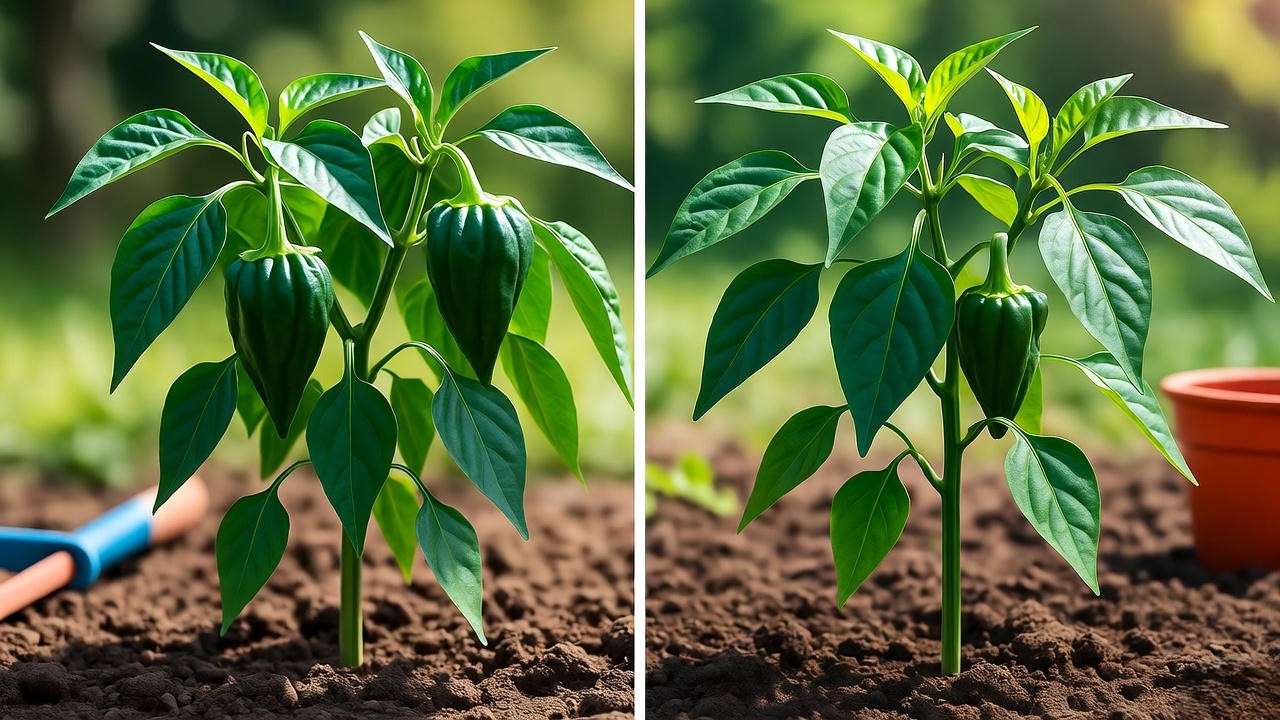
6.2 Addressing Leaf Drop or Wilting 😢
Leaf drop or wilting signals stress, often from:
- Watering Issues: Overwatering causes soggy roots, while underwatering leads to drooping. Check soil moisture and adjust watering frequency.
- Pests or Diseases: Inspect for aphids or fungal symptoms and treat promptly.
- Environmental Stress: High temperatures above 90°F or cold snaps below 55°F can cause stress. Provide shade during heatwaves or cover plants during cold spells.
Fix: Ensure proper drainage, treat pests/diseases, and stabilize growing conditions. Mulching with straw can help regulate soil temperature and moisture.
7. Expert Tips for Maximizing Bruscotia Pepper Yields 🌟
- Companion Planting: Pair Bruscotia peppers with basil, oregano, or marigolds to deter pests and enhance soil health. Avoid planting near fennel or kohlrabi, which can stunt growth.
- Mulching Benefits: Apply a 2-3 inch layer of organic mulch (straw, wood chips, or grass clippings) to retain moisture, suppress weeds, and regulate soil temperature.
- Seasonal Adjustments: In late fall, protect plants from frost with row covers or move containers indoors. Prune lightly to encourage overwintering in mild climates.
- Flavor Boost: Slightly reduce watering when peppers near maturity to concentrate flavors, but avoid stressing the plant excessively.
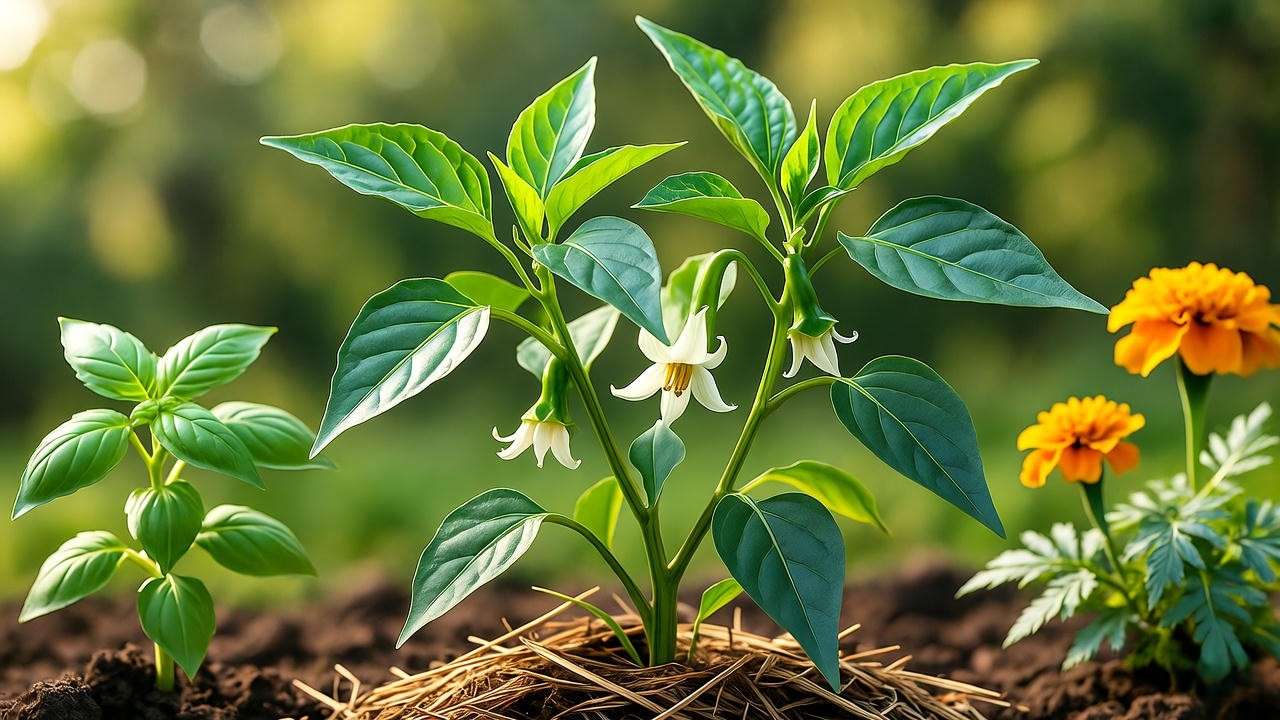
Bonus Tip: Experiment with different Bruscotia varieties (e.g., red vs. orange) to discover unique flavors and heat levels for your garden.
8. FAQs About Growing Bruscotia Pepper Plants ❓
Q1: How long does it take for a Bruscotia pepper plant to produce fruit?
A: From transplanting, green peppers take 50-60 days, while fully ripened peppers take 70-80 days, depending on conditions.
Q2: Can I grow Bruscotia peppers indoors year-round?
A: Yes, with 6-8 hours of sunlight (or grow lights), proper warmth (70-85°F), and well-draining pots. Mist plants to boost humidity indoors.
Q3: What’s the best way to save Bruscotia pepper seeds for next season?
A: Select fully ripe peppers, scoop out seeds, and dry them on a paper towel for 7-10 days. Store in a cool, dry place in an airtight container.
Q4: Are Bruscotia peppers too spicy for beginners?
A: Bruscotia peppers range from mild to moderately hot (5,000-15,000 Scoville units). Start with green peppers for milder flavor and experiment with ripe ones as you build tolerance.
Q5: How do I overwinter my Bruscotia pepper plant?
A: Prune back to 6-8 inches, move to a sunny indoor spot, and water sparingly. Maintain temperatures above 60°F to keep the plant dormant but alive.
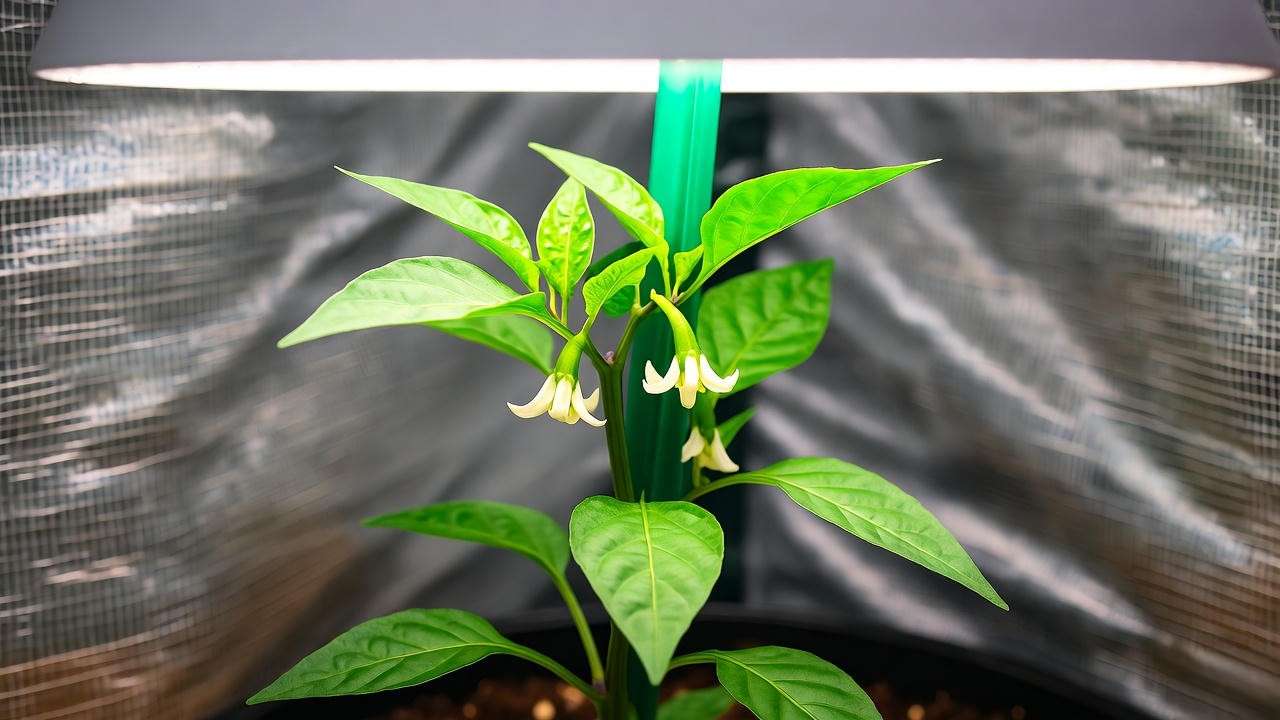
Conclusion: Your Path to a Bountiful Bruscotia Pepper Harvest 🎉
Growing a thriving Bruscotia pepper plant is within your reach with the right knowledge and care. By providing optimal sunlight, water, nutrients, and pest protection, you’ll enjoy a vibrant harvest of spicy, colorful peppers that elevate your garden and culinary creations. This comprehensive Bruscotia pepper plant care guide equips you with expert tips to overcome challenges and maximize yields, whether you’re a novice or a seasoned gardener. Try these strategies, share your progress in the comments, and explore our related articles on pepper varieties or organic gardening for more inspiration! 🌶️

